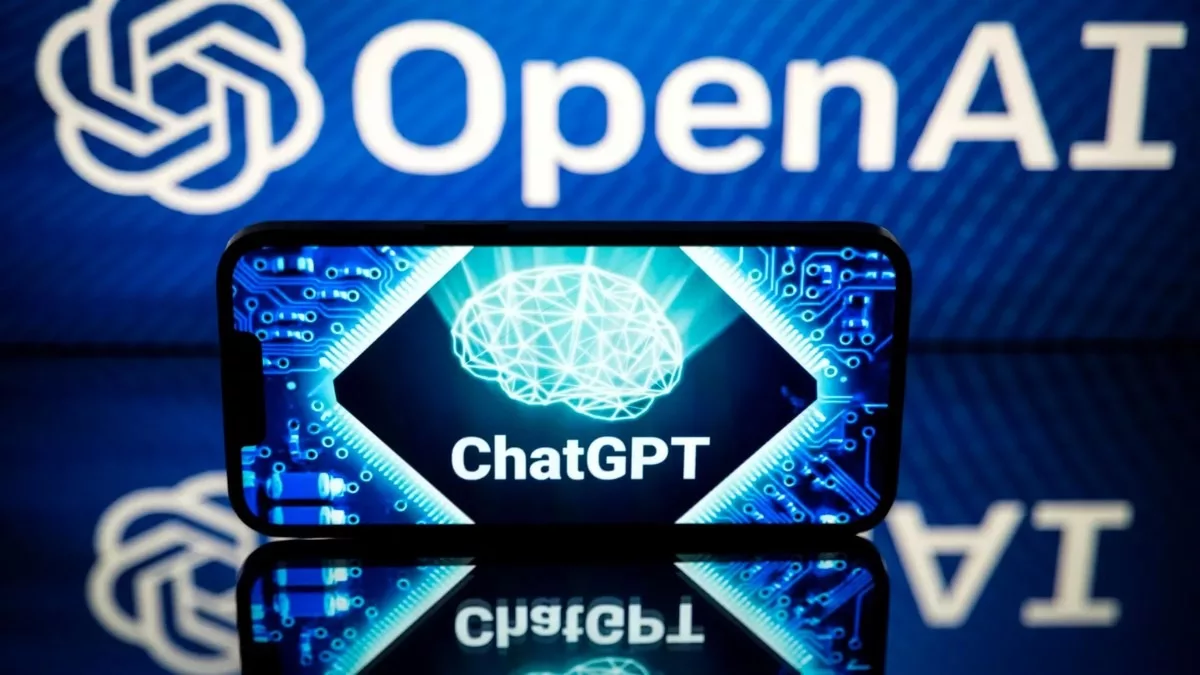OpenAI, announced for its ChatGPT AI application, seeks trademarks for GPT-6 and GPT-7 in China, marking a stride in AI evolution. Despite no services available in China, the San Francisco-based Microsoft-backed firm aims for technological expansion, hinting at future AI breakthroughs.

OpenAI Seeks Trademarks for GPT-6 and GPT-7 in China
Artificial intelligence leader OpenAI, renowned for its ChatGPT generative AI application, is actively pursuing trademarks for its upcoming technologies, GPT-6 and GPT-7, in China. The trademark applications, which were lodged by OpenAI OpCo, the major entity of the Microsoft-backed startup, are currently undergoing review by the Trademark Office of the China National Intellectual Property Administration.
The trademarks for GPT-6 and GPT-7 in China filings fall under class 9 (scientific or research apparatus) and class 42 (technological services and design). Notably, OpenAI’s services, including ChatGPT, are not currently accessible in China or Hong Kong.
This follows OpenAI’s earlier trademark applications for “GPT-4” and “Whisper” in April, and “GPT-5” in July. None of these applications have received final approval yet.
Since the launch of ChatGPT a year ago, OpenAI has been consistently increases the capabilities of its Large language models (LLMs), ChatGPT built on GPT-3.5, boasting 175 billion parameters. The company unveiled GPT-4 in March, speculated to exceed 1 trillion parameters.
OpenAI CEO Sam Altman recently revealed plans for GPT-5 and expressed intentions to secure additional funding from Microsoft to support ongoing research and development efforts. Altman had briefly stepped down from his position but returned after staff protests over his departure.
The company’s focus on research and safety efforts is emphasised in Altman’s open letter, indicating a strategic commitment to advancing artificial intelligence (AI) capabilities while ensuring responsible development practices.
Must Read: Grok AI vs OpenAI ChatGPT vs Google Bard: Check Key Differences Here
This post was last modified on December 4, 2023 9:23 am
What is digital arrest, and why is it becoming critical in today’s cybercrime-ridden world? This…
AI in Cybersecurity segment: AI has the potential to revolutionize cybersecurity with its ability to…
Explore the best AI security solutions of 2025 designed to protect against modern cyber threats.…
Autonomous agent layers are self-governing AI programs capable of sensing their environment, making decisions, and…
Artificial Intelligence is transforming the cryptocurrency industry by enhancing security, improving predictive analytics, and enabling…
In 2025, Earkick stands out as the best mental health AI chatbot. Offering free, real-time…